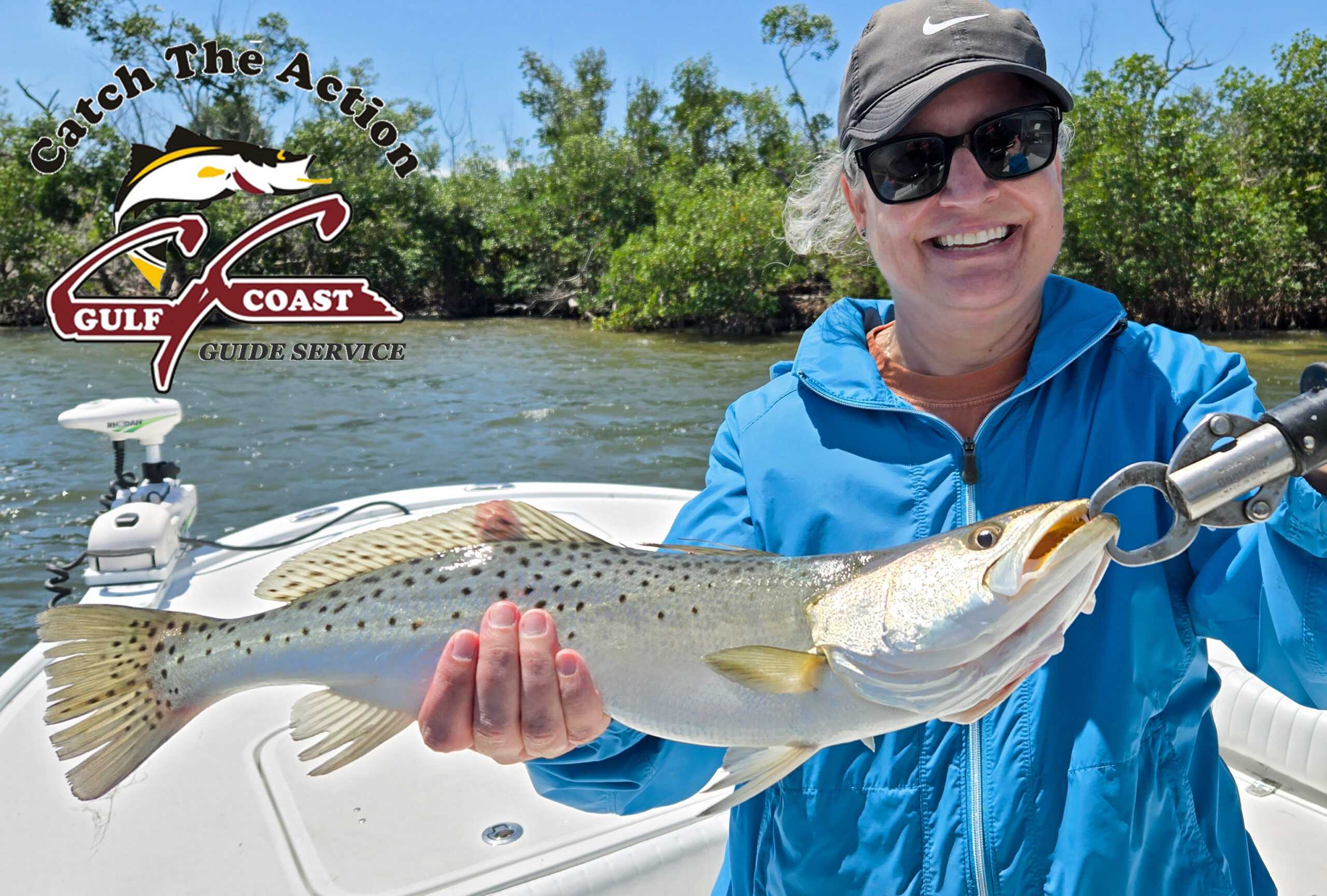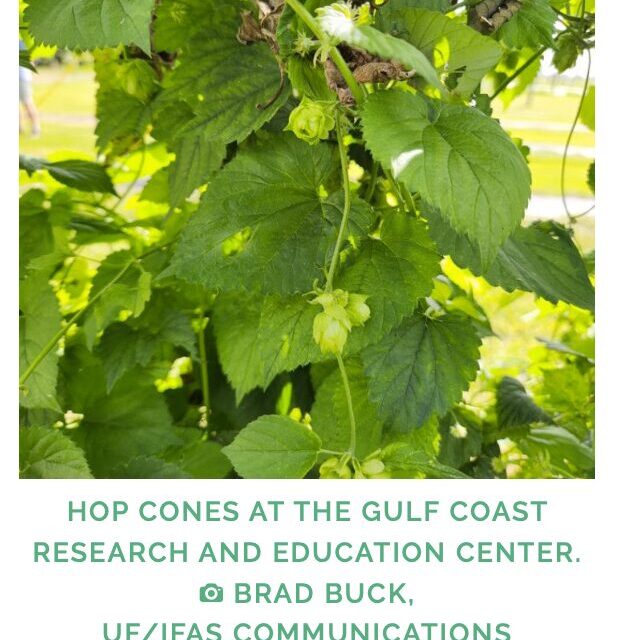
SEPTEMBER ON THE WATER
With the arrival of September, the end of summer is in sight as we gradually break away from long, hot, muggy days, and slowly transition to shorter, cooler days of autumn. This is welcoming news for anglers fishing around Southwest Florida. Days become less humid with a slight drop in temperature, a relief after a hot Florida summer. Don’t get me wrong, there will still be plenty of hot and humid days, but they become more tolerable as the month progresses. September is also the height of hurricane season; fingers crossed for a quiet month and season in Southwest Florida.
Just as anglers enjoy the change of seasons, fish respond, as they become more active resulting in improved fishing. With a slight drop in water temperature, you can expect fish to exert more energy and feed consistently throughout the day. Of course, it’s fishing, there are days when you can’t buy a bite no matter what, but chances for success are tipped in your favor as the water cools.
Offshore, as water temperatures drop, look for fish to move closer to shore in shallower depths and pelagic species heading south down the coast. Grouper, plus large snapper, should be caught with consistency in depths beginning around 65 feet in Gulf waters. Artificial reefs that dot our coast, along with hard bottom and ledges in 30- to 70-foot depths are great locations to catch a variety of different fish from small to large. Gag grouper has a very short open season the first two weeks of September.
Mangrove snapper fishing was good through the summer and should continue strong this month. Snapper school up around some type of structure that could include bridge pilings, docks, piers, oyster bars, creeks, mangroves shorelines, or any type of manmade or natural submerged structure. Fishing over hard bottom over the slack tide in many of the Gulf passes is a great way to fill a cooler with tasty snapper. Offshore, they are found in numbers over artificial reefs and limestone ledges. Scale down your tackle with a light fluorocarbon leader of 20 pounds or lighter and small hooks. Best baits include shrimp (live or dead), small pilchards or pinfish, and a variety of cut baits. Chumming is a great option to attract snapper and get them fired up.
It’s possible over the month to come across schools of large redfish roaming the inshore shallows. Often a hundred or more travel along the edge of shallow bars and shorelines eating anything in their path. If you come across a school, make a long cast in front of the lead fish, and hang on. These big reds often run 30 inches or larger and are schooling until we get our first real cold front, likely in October.
Bigger sea trout are moving back into shallower water to feed; this is a great time to work a top water plug across your favorite trout flats. Plenty of sea trout are caught under the endless schools of baitfish, look for birds and surface activity. Trout fishing will get better as the month moves along.
Snook begin to leave the beaches and Gulf passes where they spend the summer months and transition back inshore into the flats. Target snook around oyster bars, shorelines, sand holes, and structures such as riprap, docks, piers and bridges. This is often one of the best months for snook fishing as they are active, on the move and foraging on a variety of baits. Good numbers of snook will also remain along the beaches and Gulf passes as well. Snook season remains closed through September.
Stay up to date with fishing regulations by visiting the Florida Fish and Wildlife Commission at: http://www.myfwc.com. Also, upload the Fish Rules app on your phone. It has current regulations with pictures to help identify fish. If you turn on your GPS location the Fish Rules app updates to your location. In my opinion, it is more accurate and up to date than FWC’s website.
With a variety of fish and enjoyable weather, this is a great month to get out there and see what you can catch!
For charter information, please contact us at Gulf Coast Guide Service and “Catch the Action” with Capt. Bill Russell, call or text (239) 410-8576, website: http://www.fishpineisland.com, email: [email protected].
Capt. Bill Russell is a native and lifelong resident of Pine Island who has spent his entire life fishing the waters surrounding Pine Island and Southwest Florida. For the past 29 years, Bill has been a professional fishing guide who takes pride in customizing each trip to ensure everyone on board has a great time and will return again. Come join us and “Catch the Action.”






